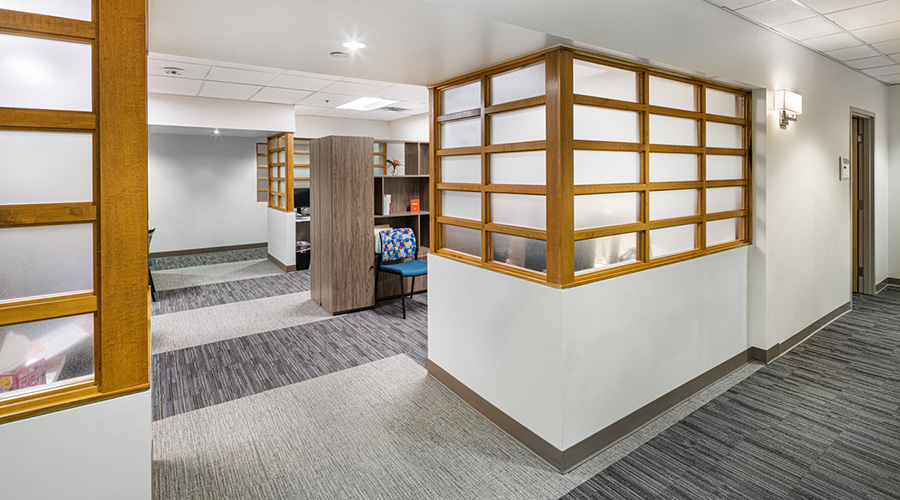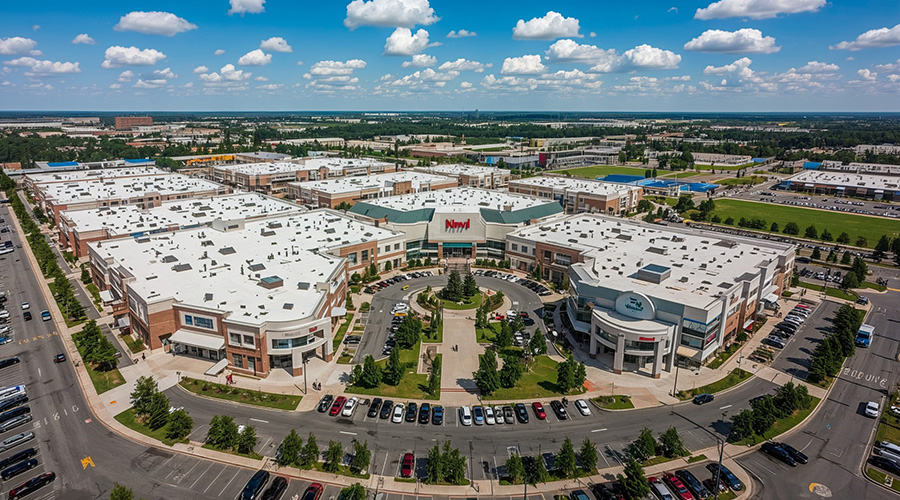Q: We have a question for you… For background information, we adopted the NFPA 19.2.3.4 – 2012 Edition position for corridor width and the statement below has been included in our Fire & Life Safety Management Plan.
a. Exit doors and egress routes/pathways shall be maintained functional and free of obstructions at all times except where NFPA 19.2.3.4 – 2012 Edition allows permissible wheeled equipment.
This was done to allow for crash carts to be in the corridors (where necessary). Our question now is: Are dietary food tray carts “permissible wheeled equipment” and allowed to stay in the corridor for more than 30 minutes at a time?
A: I would say no, for the following reasons: Foodservice carts would be used on floors involving inpatients, where the corridors are required to be a minimum of 48 inches in clear width. However, when alterations are made to the corridor, they must meet new construction widths which is 96 inches. A foodservice cart left unattended in the corridor is an alteration so that means the clear width you must maintain now with the foodservice cart is 96 inches, which is not possible.
Foodservice carts, housekeeping carts, maintenance carts, linen carts, etc. are permitted to be in the corridor as long as someone is assigned to the cart and is using the cart. This is usually not a problem with housekeeping carts and maintenance carts because those individuals are nearby and would act to remove the cart from the corridor if an emergency became apparent. Foodservice carts and possible linen carts don’t always have a person nearby that is assigned to the cart and is using the cart. In those situations, those carts would not be permitted to be left unattended in the corridor, because if an emergency occurred, then there would not be a person designated to retrieve that cart from the corridor. Now the cart is an impediment in emergency egressing from the unit.
Section 19.2.3.4 (4) of the 2012 LSC discusses a special arrangement whereby certain wheeled carts may be left unattended in the corridor, provided you meet all of the following:
• The wheeled equipment does not reduce the clear width of the corridor to less than 60 inches.
• The fire safety plan must address the relocation of the wheeled equipment to a proper storage area on the floor of that unit, and it cannot be to a “vacant” patient room, because there is no guarantee there will be a vacant patient room.
• You must have documentation that staff is trained on the removal of the wheeled equipment from the corridor and where it will be placed. The only wheeled equipment that qualifies for 19.2.3.4 (4) is:
- Equipment in use and carts in use [This is actually permitted without the approval of 19.2.3.4 (4)]
- Medical emergency equipment not in use
- Patient lift and transport equipment
A foodservice cart is neither a medical emergency equipment nor a patient lift or transport equipment. Therefore, a foodservice cart does not qualify for 19.2.3.4 (4) for permissible wheeled equipment. But it is permitted in the corridor as long as it is attended and is in use.
Crash carts are permitted to be left unattended in the corridors because they are medical emergency equipment not in use, but you need to go through the entire process called for in 19.2.3.4 (4). When you write this into your fire safety plan make sure you cite the code reference properly: “NFPA 101-19.2.3.4(4), 2012 edition”
Brad Keyes, CHSP, is the owner of KEYES Life Safety Compliance, and his expertise is in the management of the Life Safety Program, including the Environment of Care and Emergency Management programs.

 Joint Commission Standards: What Updates Matter Most?
Joint Commission Standards: What Updates Matter Most? Swinerton Completes Construction at Atlanta's Grady Hospital
Swinerton Completes Construction at Atlanta's Grady Hospital NY Governor Hochul Announces $300M in Funds for IT and Cybersecurity
NY Governor Hochul Announces $300M in Funds for IT and Cybersecurity Healthcare Is the New Retail
Healthcare Is the New Retail Bridgeway Behavioral Health Services Launches Campaign to Renovate Health Center
Bridgeway Behavioral Health Services Launches Campaign to Renovate Health Center